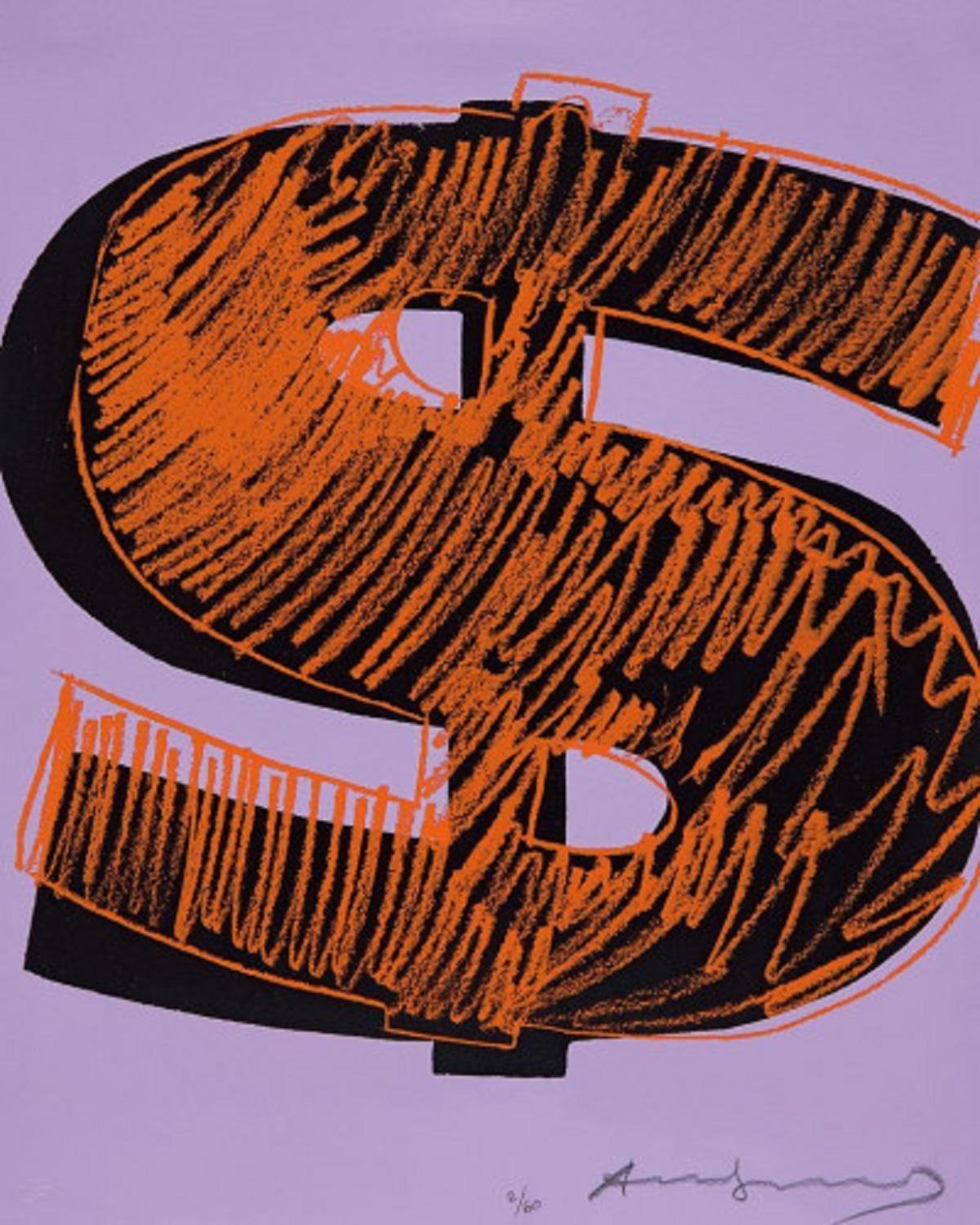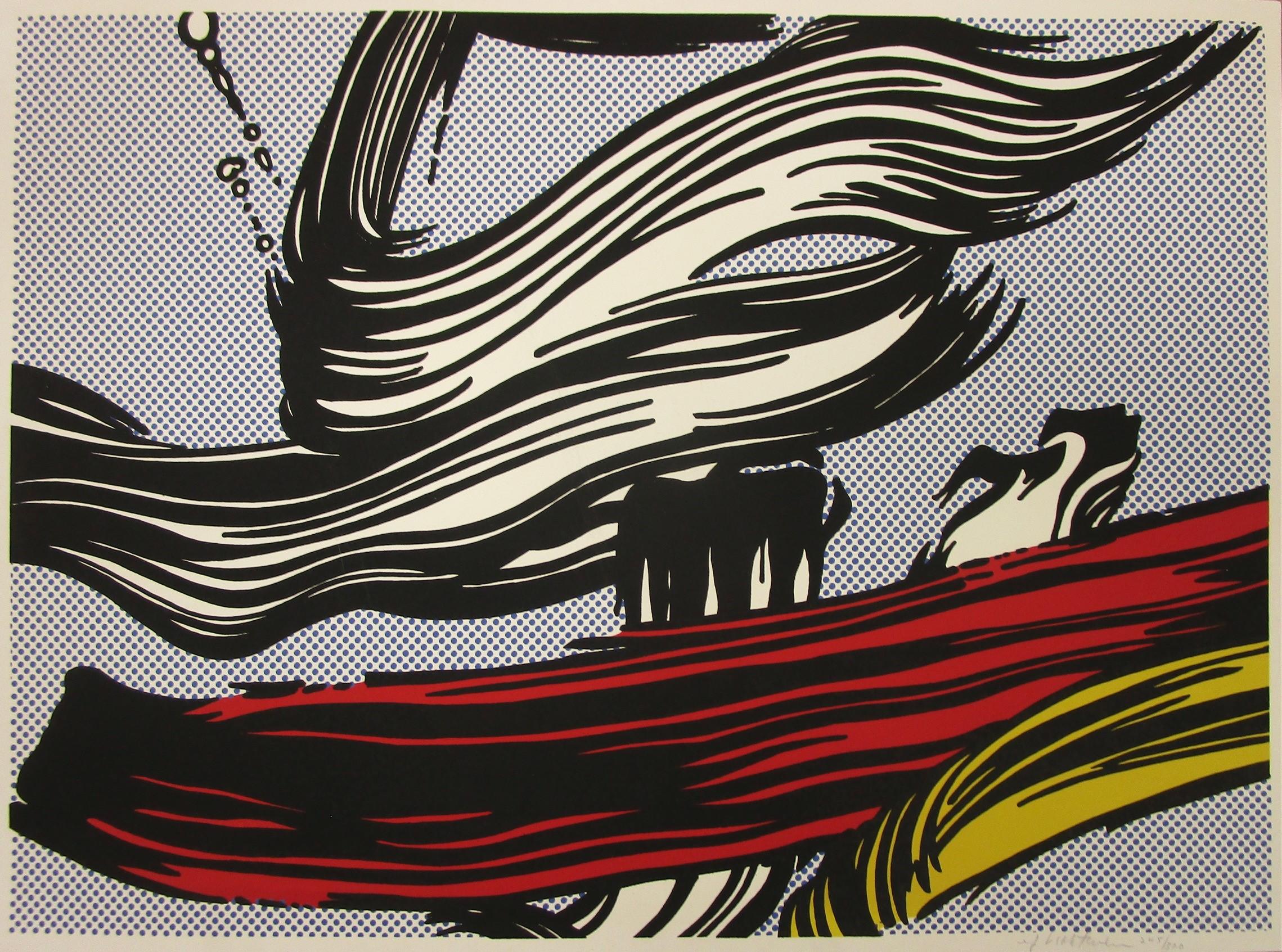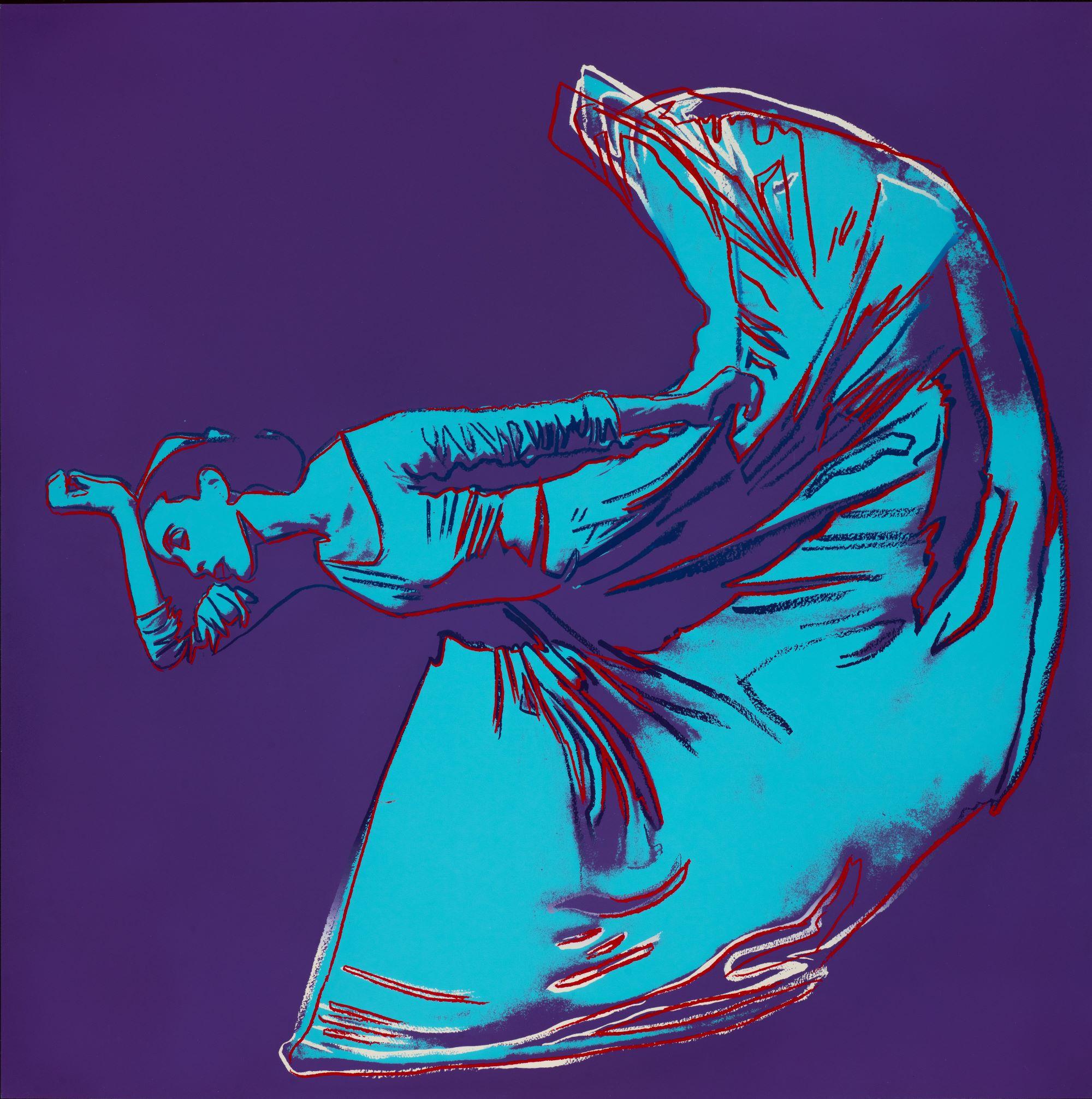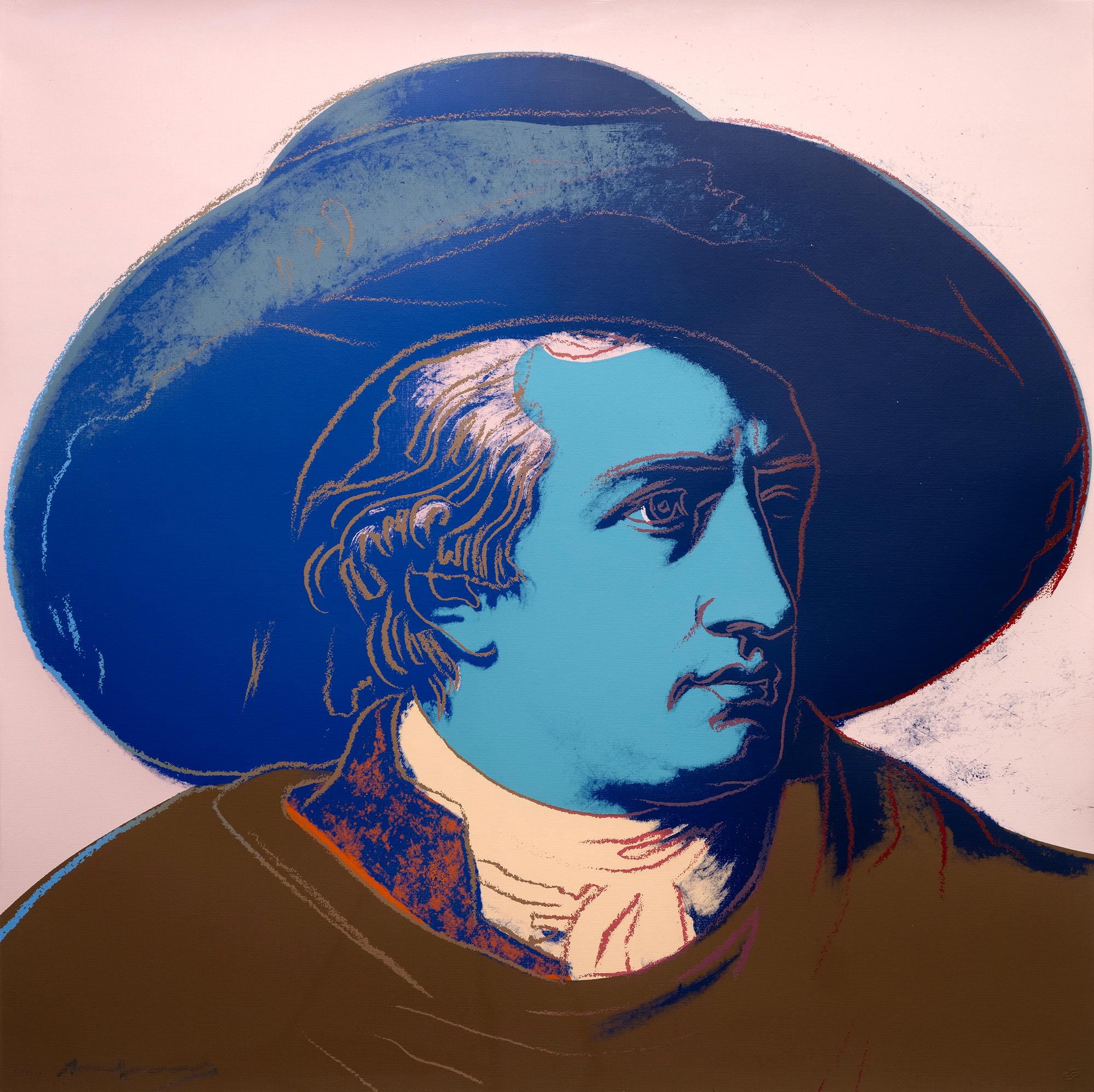Want more images or videos?
Request additional images or videos from the seller
Philippe HuartFlower Power Pop 2007
2007
About the Item
Publisher GKM.
Edition of 50 ex
Free shipment worldwide.
Signed, dated, titled and numbered.
Working on a variety of perceptual levels, Philippe Huart lets one visit his intimate diary entries or take a tour of his fantasies. His canvases suggest several different readings – aesthetic, message-laden, lyrical, or realistic in a fictional take on the everyday – so as to account for both the uniformity and the disorder of the visual information that is bombarding us. Whether he is depicting a gun, bonbons, flowers, or pharmaceutical tablets, Huart’s concern is not to reveal, through his iconography, what grounds the established metaphorical relations between objects, and that just makes them more fascinating. The painter favors reflective surfaces on which the surrounding spectacle, out of frame, comes to fit like a film on the screen. Starting with Pop Art-related imagery, he creates a universe populated with gleaming capsules, tired flowers, and tangy candy treats. His sumptuous sweets are piled up, packed in, juxtaposed, enlarged, and fragmented. From the initial photographic document he removes those anecdotal features that might risk diverting one’s attention from the main subject matter of the composition. It is the treatment of the image, with all the attendant ambiguities of representation, that interests him. His work clings to the high-definition zones of images. But his canvases have little to do with their appearance or the objects being represented. They constitute, instead, a set of motivations and propositions. Thus, beneath their tempting colors, these capsules the painter prescribe do not conceal their pernicious side-effects, which, on account of their attractiveness, might otherwise be forgotten. Dependence on these new Gidean “Fruits of the Earth” reveals the critical import of his work as well as its genuinely disturbing power. While the highly strict symmetry of his paintings – which divides the canvas in half lengthwise, thereby offering two realities that answer each other like a reflected image – affords one an idea of the sometimes extreme rigorousness of this approach, it no less remains the case that there is also room for humor, as the titles chosen for these pictures demonstrate. Through the reflections they give off (and as reinforced by the titles they are given, often in homage to 1970s Pop music), his works show display great complexity in his arrangement of graphic elements. It seems that the artist is less interested in a faithful reproduction of the image than in the optical illusion it represents. In this fake naturalism, the glossy perfection of what is being depicted borrows from the craftsmanship of this former advertising professional. His approach to the subjects of his paintings is conceptual, and he introduces words that put writing in a representational role as he combines text and images in a variety of ways that are always executed with a certain amount of finesse. He still loves the reflections of the outside world on the chrome-plated surfaces of revolvers, sugar-coated pills, or translucent candy wrappers… His taste for physical effects, his brush strokes, and his glazes are masterfully and knowingly expressed in a way that is reminiscent of the painters of Dutch still lifes. The miraculous meeting of panache and finish found in these harmonious volumes and colors gives his compositions a rhythmic perfection that is fascinatingly unique. The perfect finishing strokes on his works remove from them any purely philosophical, social, or protest message, though they also allow one to see through their insidious violence. Huart concentrates his efforts on a near-anaesthetizing, almost stupefying level of pictorial investigation where the meaning contained in the image spawns comparisons to conceptual artists. Paradoxically, his vibrantly polychromatic work reflects a quite somber, emotionally moving tonality that seems deeply marked by death. His painting is invigorated by intentions, or rather provocations, that do not represent, but instead create, another reality, one to which each viewer, depending on her experiences, emotions, and cultural background, can bring her own sensitive or cognitive response. Renaud Faroux, Paris
- Creator:Philippe Huart (1953, French)
- Creation Year:2007
- Dimensions:Height: 36.23 in (92 cm)Width: 35.44 in (90 cm)
- Medium:
- Movement & Style:
- Period:
- Condition:
- Gallery Location:Malmo, SE
- Reference Number:1stDibs: LU3282015183
About the Seller
5.0
Vetted Seller
These experienced sellers undergo a comprehensive evaluation by our team of in-house experts.
Established in 1967
1stDibs seller since 2013
224 sales on 1stDibs
Typical response time: 1 to 2 days
- ShippingRetrieving quote...Ships From: Malmo, Sweden
- Return PolicyA return for this item may be initiated within 14 days of delivery.
More From This SellerView All
- Avoir un moyenBy ErróLocated in Malmo, SEPublisher GKM. Edition of 200 ex. Unframed. Signed, dated and numbered. Free shipment worldwide. “I paint because painting is a private Utopia,” Erró writes of his art. The landsc...Category
1990s Pop Art Figurative Prints
MaterialsScreen
- La femme fatale (à moi)By ErróLocated in Malmo, SEPublisher GKM. Edition of 200 ex. Unframed. Signed, dated and numbered. Free shipment worldwide. “I paint because painting is a private Utopia,” Erró writes of his art. The landscapes in Erró’s work are a constantly changing kaleidoscope of images, multivalent and mysterious, not infrequently controversial, bursting with life – and titillating, too! There is room in his pictures for both paradise and visions of fear. Erró is the alias of Gudmundur Gudmundsson, born on 19 July 1932 in Olafsvik, in north-western Iceland. Since Gudmundur first became enthralled by pictures of works of art in a catalogue from the Museum of Modern Art in New York at the tender age of ten, painting has been his passion and his mission in life. He was accepted into art school in Reykjavik as a 19-year old, subsequently complementing what he had learned there with further studies in Oslo. Erró travelled extensively in Spain, Italy, France and Germany in the 1950s, studying at the Florence Academy of Art in 1954 and at the School of Byzantine Mosaic Art in Ravenna in 1955. It was around this time that he began to exhibit his works, first and foremost in Paris, where he chose to make his home in 1958. During the 1960s he established contact with the Swedish museum director Pontus Hultén, who encouraged him and took him under his wing. Over the years Erró has taken part in hundreds of exhibitions and today his works are on show in museums all over the world, including the Centre Pompidou in Paris. Erró’s pictorial world is peopled by comic-strip characters and autocratic despots alike. Donald Duck with his Daisy, Chip & Dale, and other Walt Disney creations are unselfconsciously juxtaposed with Greek gods and madonnas. Elsewhere the German dictator Adolf Hitler stands shoulder to shoulder with his Iraqi counterpart Saddam Hussein...Category
1990s Pop Art Figurative Prints
MaterialsScreen
- To us toBy ErróLocated in Malmo, SEPublisher GKM. Edition of 200 ex. Unframed. Signed, dated and numbered. Free shipment worldwide. “I paint because painting is a private Utopia,” Erró writes of his art. The landsc...Category
1990s Pop Art Figurative Prints
MaterialsScreen
- Manette/G/rond rouge.By Peter KlasenLocated in Malmo, SEPublisher GKM. Unframed. Edition of 250 ex. Signed, dated and numbered. Free shipment worldwide. Artist Peter Klasen is a master of contrasts. Of fragment and entirety, of hard plat...Category
1990s Pop Art Figurative Prints
MaterialsScreen
- AmazonBy ErróLocated in Malmo, SEPublisher GKM. Edition of 200 ex. Unframed. Signed, dated and numbered. Free shipment worldwide. “I paint because painting is a private Utopia,” Erró writes of his art. The lan...Category
1990s Pop Art Figurative Prints
MaterialsScreen
- Sunshine Daydream.By Philippe HuartLocated in Malmo, SEPublisher GKM. Edition of 50 ex Free shipment worldwide. Signed, dated, titled and numbered. The work of Antonio de Felipe is a constant source of fascination and surprises. It is ...Category
Early 2000s Pop Art Figurative Prints
MaterialsScreen
You May Also Like
- Dollar Sign (Unique) Andy WarholBy Andy WarholLocated in Palma, ESEDITION 2/60 with 10 artist’s proofs) Printed by Rupert Jasen Smith and published by the artist, New York. See F. & S., II. 274-279 and IIa., 274-279. Perhaps no other series reflect mass identity, luxury and wealth as prominently as Warhol’s Dollar Sign Series from 1982. The prints from this series are recognizable for repeatedly featuring the American dollar...Category
1980s Pop Art Figurative Prints
MaterialsScreen
- BrushstrokesBy Roy LichtensteinLocated in Miami, FLHand-signed rf Lichtenstein in pencil and numbered 245/300. Published by Leo Castelli Gallery, for the Pasadena Art Museum, California. The Prints of Roy Lichtenstein A Catalogue Rai...Category
1960s Pop Art Figurative Prints
MaterialsScreen
- Letter to the World, 1986 (#389, Martha Graham)By Andy WarholLocated in Greenwich, CTLetter to the World (FS.II.389) from the Martha Graham portfolio is a unique trial-proof screenprint on paper, 36 x 36 inches, estate-stamped, initialed and numbered with its authent...Category
20th Century Pop Art Prints and Multiples
MaterialsPaper, Screen
- Lenin, 1987 (#402/403)By Andy WarholLocated in Greenwich, CTLenin (FS.IIB.402-403) is a unique trial-proof screenprint on paper, 42.62 x 30.25 inches, signed 'Andy Warhol' and numbered TP 2/46 lower left. Framed in a contemporary gold leaf, closed-corner frame. LITERATURE F. Feldman, J. Schellmann, and C. Defendi, Andy Warhol Prints: A Catalogue Raisonné: 1962-1987, 4th ed. New York: D.A.P. Inc, 2003, pp.210 and 221, IIB.402 IIB.403 Though Warhol began his career as a fashion and children’s book illustrator, much of his later work focused on fame, consumer culture and the cult of celebrities as signifiers. In his exploration of fame, he would occasionally dip into the pool of politics and politicians. In the last year before his death in 1987, using a photograph by Philipp Schönborn, Warhol centered his attention on one of his final subjects - Vladimir Lenin. Known as one of the most influential political figures of the 20th century, Lenin was the undisputed political engineer and founder of the one-party socialist state. Lenin played a pivotal role in changing the course of Russian history...Category
20th Century Pop Art Prints and Multiples
MaterialsPaper, Screen
- Goethe, FS II.270By Andy WarholLocated in Palm Desert, CA"Goethe" is a silkscreen in colors made by Andy Warhol in 1982. The work is signed and editioned in graphite, lower left, "70/100 Andy Warhol". The artwork size is 38 x 38 inches. Th...Category
Late 20th Century Pop Art Figurative Prints
MaterialsScreen
- Nude Reading, from Nudes, 1994By Roy LichtensteinLocated in Palo Alto, CAIn Roy Lichtenstein Nude Reading, from Nudes, 1994, a woman comfortably lounges in her home, reading a book while devoid of clothes; derived in Lichtenstein’s classical style of high...Category
1990s Pop Art Figurative Prints
MaterialsScreen





